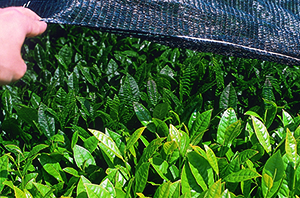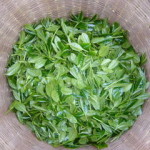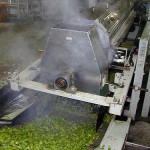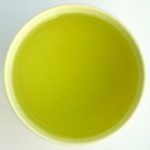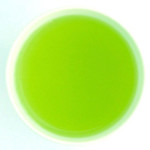As part of each tea tasting we do in Paralelní Polis in Holešovice, we will post bonus information to our blog.
Now: Publishing Part 2 about Japanese tea. This time about tea cultivation and processing.
Japanese tea cultivation – a year in a plantation
Winter – the calm season. Shaded tea-shrub, what is it?
From the end of February to early May (or better, until about two weeks prior to first flush) tea plants are fertilised three times. In March (and also in October) the shrubs are pruned and rejuvenated. The leaves grown in this period are used to produce so-called spring bancha.
Shrubs intended for the production of gyokuro and matcha are covered by nets or sheets 20 to 30 days before picking. There are two types of covers: tana – nets on posts − and yikagise – sleeves put around tea shrubs. High-quality tea plants are covered only with the tana nets. Kabusé-type plants are covered only for about ten to twenty days. Sencha does not get covered at all.
First spring flush – ichibancha
The first flush is called shincha, which means the first tea. It is picked in early April in the southern parts of Kagoshima and in early May in Udji and Shizuoka.
Nowadays, most harvesting is done mechanically. Only exceptional, highest-quality teas are hand-picked. One tea-picker harvests from 6 to 8 kilograms of leaves per day.
It is very important to start harvesting at the right time. If you start too early, the harvest will be too small. If you start too late, the tea will lose its subtlety. The leaves start to be picked when the shoot has two or three buds.
Summer
After the first flush – ichibancha – the shrubs are pruned again. One of the techniques is so-called deep pruning – almost all leaves are cut off, which brings about vegetative calm – the shrubs stop growing. This is done only in the case that the tea is harvested just once a year. The other way of harvesting is so-called light pruning, which prepares the plants for the second harvest – nibancha.
Nibancha – in the Udji region it takes place from the end of June to the end of July. In Kagoshima, though, it is done as early as in May. Here, third flush, called sanbancha (June), and somewhere even fourth harvest, yonbancha, are carried out. June and July are the monsoon months.
Autumn
In the summer and in the autumn tea plants are fertilised again several times. In the autumn the shrubs are trimmed again, especially to prevent the mixing of old and new tea leaves. Leaves harvested in this manner are called autumnal flush, aki bancha.
Processing Japanese tea
Tea processing in Japan is defined by two separate processes, which are often done in different places. They are called aracha and finishing.
The aracha process
In case of leaf teas of the gyokuro and sencha types, the processing has four phases: steaming, rolling, shaping and drying. The whole process takes four hours, and the finished tea is called aracha. The tea leaves lose 90% of their original weight. This process is usually carried out by the farmer in the place where it was picked. Finished tea is then put into large packages and sold on the product exchange market or through an association of tea wholesalers. Then it is further processes and finished. About half of tea production is vacuum-packed into 20-kg packages and stored in refrigerators at temperatures around 0 °C, sometimes even at -17 degrees.
Processing of tencha tea (foundation for matcha)
With matcha, steaming is a bit shorter: 30–40 seconds. Then the leaves are cooled with cold air to preserve all active
substances (in shafts up to 6m high where the leaves fly about), then the leaves are dried for 20 minutes at a temperature close to 110 °C. Dried leaves are then cut and sorted, during which veins, petioles and tougher parts are removed.
Finishing process for gyokuro and sencha
It is sorted before the final drying down to 3–4% of original moisture to maintain taste and aroma.
Finishing process for tencha/matcha – sorting, final drying and grinding. Tea leaves before grinding are called tencha, and the result of their grinding in stone mills is matcha. It takes an hour to grind 40 grams of matcha.
- Bancha
- Bancha
- Genmaicha
- Genmaicha
- Houjicha
- Houjicha
- Kabusé No1
- Kabusé No1
- Kukicha
- Kukicha
- Shincha
- Shincha


